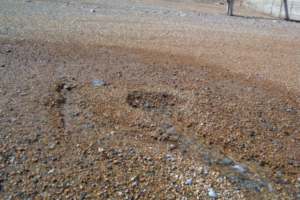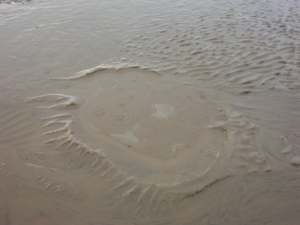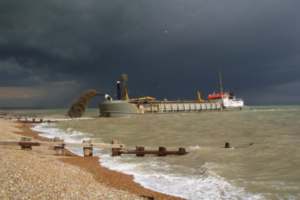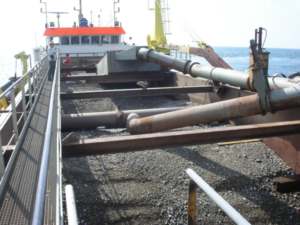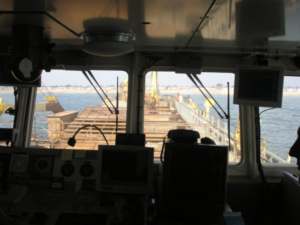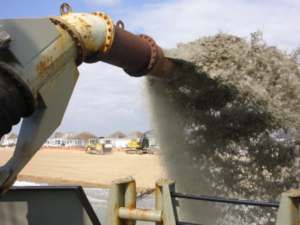Gallery
Beach features
Sospan Dau
Plants and animals
Seasons
The beach in Google Earth
Beach Features
Sospan Dau
Plants and animals
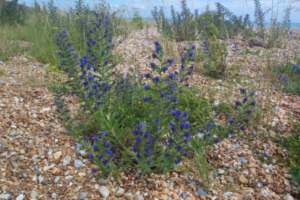 |
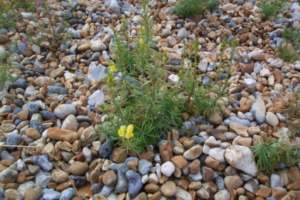 |
| Vipers Bugloss (Echium Vulgare) | Toadflax (Linaria Vulgaris) |
Seasons
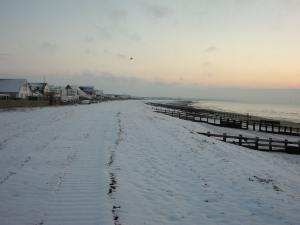 |
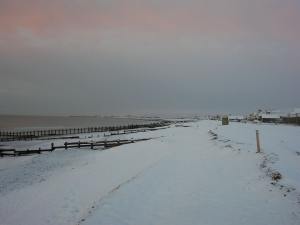 |
| Snow on the beach on 23 February 2005 | Snow on the beach on 23 February 2005 |
The beach in Google Earth
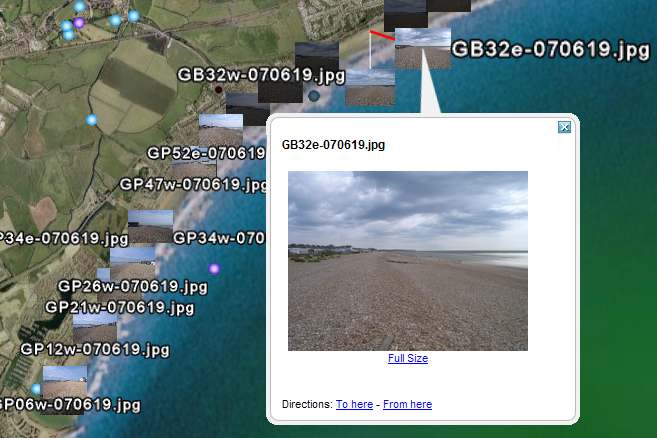 To see images of Pevensey within Google Earth (you need to have Google Earth installed on your computer) click on this link. When asked if you want to download or open, select open. Google Earth should start with the globe spinning until Pevensey is in the centre. Use the zoom control to zoom into the area and thumbnail images of the coast should appear on which you can click to view larger images.
To see images of Pevensey within Google Earth (you need to have Google Earth installed on your computer) click on this link. When asked if you want to download or open, select open. Google Earth should start with the globe spinning until Pevensey is in the centre. Use the zoom control to zoom into the area and thumbnail images of the coast should appear on which you can click to view larger images.
The photos provide a ground view along the beach taken from locations near groynes taken on 7th June 2007.
